Top Trends in Men’s Sports Shoes for 2023
The landscape of men’s sports shoes has evolved significantly, blending innovation, style, and performance. In 2023, several key trends are shaping the market, reflecting a harmonious merger of design, technology, and sustainability. One of the most notable trends is the rise of sustainable materials. Brands are increasingly focusing on eco-friendly options, using recycled plastics, organic cotton, and biodegradable components to create high-performance sports shoes that minimize environmental impact. Companies like Adidas with their Parley collection and Nike’s Move to Zero initiative exemplify this commitment to sustainability.
Minimalist designs are also gaining popularity, emphasizing simplicity and functionality. The shift towards sleek, understated aesthetics is driven by a growing preference for versatile shoes that can transition seamlessly from workout sessions to casual wear. Brands such as Allbirds and New Balance are leading this trend, offering minimalist designs that do not compromise on comfort or performance.
The integration of smart technology into sports footwear is another significant trend. Modern shoes are now equipped with features like fitness tracking, performance metrics, and even personalized coaching. Companies like Under Armour and Nike are at the forefront of this innovation, incorporating sensors and connectivity options to enhance the athletic experience. These smart shoes provide real-time data on metrics such as distance, speed, and calories burned, enabling athletes to optimize their training and performance.
Alongside these futuristic trends, there is a resurgence of classic retro styles. Vintage-inspired designs are making a comeback, appealing to those who appreciate nostalgia and timeless fashion. Reebok’s Classic Leather and Nike’s Air Max series are prime examples of this trend, blending traditional aesthetics with modern comfort and technology.
Color palettes for 2023 are diverse, ranging from neutral tones to bold, vibrant hues. Materials like knit fabrics, mesh, and synthetic blends are prevalent, offering breathability and lightweight comfort. Specific models setting the trend include the Adidas Ultraboost, Nike Air Zoom Pegasus, and Asics Gel-Kayano, each embodying the perfect balance of style, innovation, and performance.
Expert opinions underline the importance of these trends in shaping the future of men’s sports footwear. As technology and design continue to advance, the fusion of functionality, style, and sustainability will remain at the forefront, driving the evolution of men’s sports shoes in the years to come.
How to Choose the Right Sports Shoes for Your Needs
Choosing the right sports shoes is paramount to enhancing performance and preventing injuries. The journey begins with understanding your foot type and gait. Foot types can generally be categorized into three: overpronation, underpronation, and neutral pronation. Overpronation occurs when the foot rolls inward excessively, often requiring shoes with added stability and motion control. Underpronation, or supination, involves the foot rolling outward, necessitating well-cushioned shoes to absorb impact. Neutral pronation is the ideal balance, and most types of shoes will suit these feet, although some added arch support can be beneficial.
Next, consider the specific requirements for the sport or activity you are engaging in. Running shoes, for instance, should prioritize cushioning and shock absorption to mitigate the repetitive impact on your joints. Basketball shoes should offer excellent ankle support and have a solid grip to accommodate quick lateral movements. Soccer shoes, or cleats, need to provide traction on the field, while cross-training shoes should be versatile enough to handle a variety of activities, offering a combination of stability and flexibility.
Other critical factors to consider include cushioning, support, durability, weight, and breathability. Cushioning is essential for comfort and impact protection, especially in high-impact sports. Support helps maintain proper foot alignment, reducing the risk of injuries. Durability ensures that the shoes withstand the wear and tear of regular use. Weight influences agility and speed, with lighter shoes generally preferred for activities requiring swift movements. Breathability, achieved through mesh or perforated materials, keeps feet cool and dry.
Practical tips for fitting are also crucial. Measure your foot size accurately, preferably at the end of the day when your feet are slightly swollen, ensuring a more accurate fit. When shopping, wear the same type of socks you intend to use during your activities. Allow a thumb’s width of space between your longest toe and the shoe’s end to accommodate any foot swelling during exercise.
Maintaining and caring for your sports shoes is equally important. Regularly clean them according to manufacturer guidelines, and allow them to air dry to prevent material degradation. Rotate between multiple pairs if possible to extend their lifespan and improve their performance. By following these guidelines, you can ensure that your sports shoes provide the necessary support and longevity for your athletic pursuits.



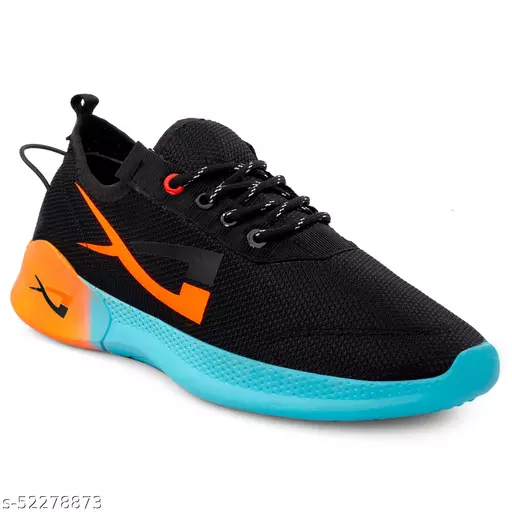
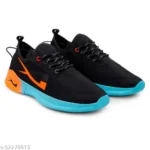


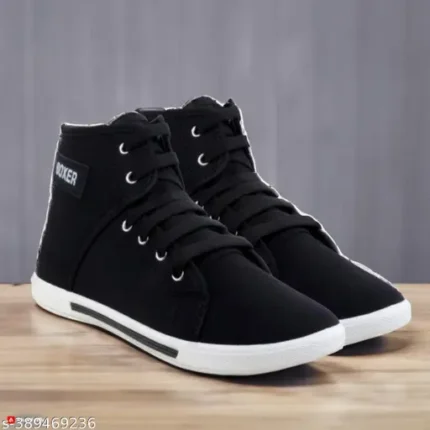
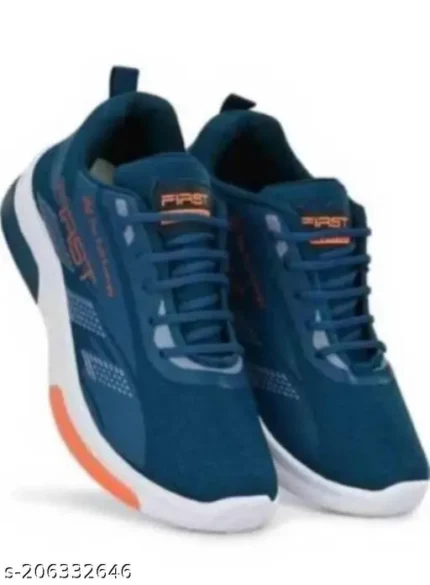





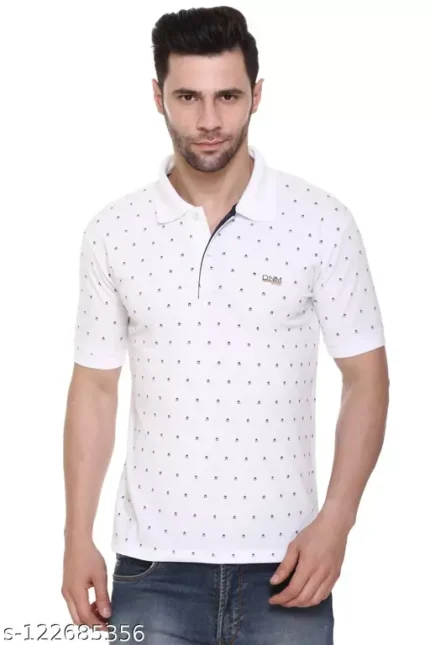
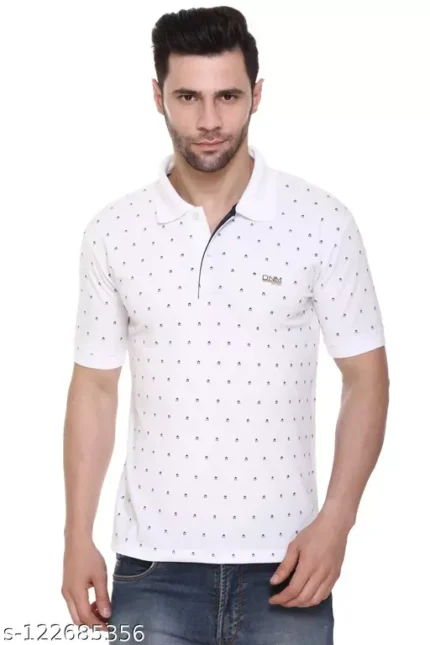
















Reviews
There are no reviews yet.